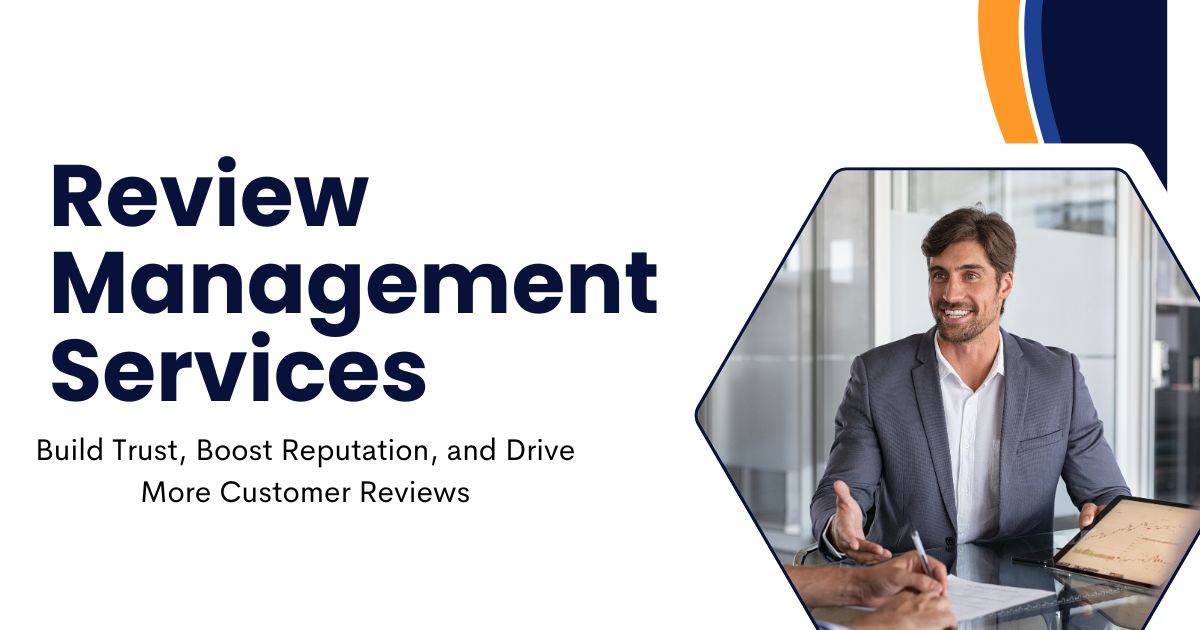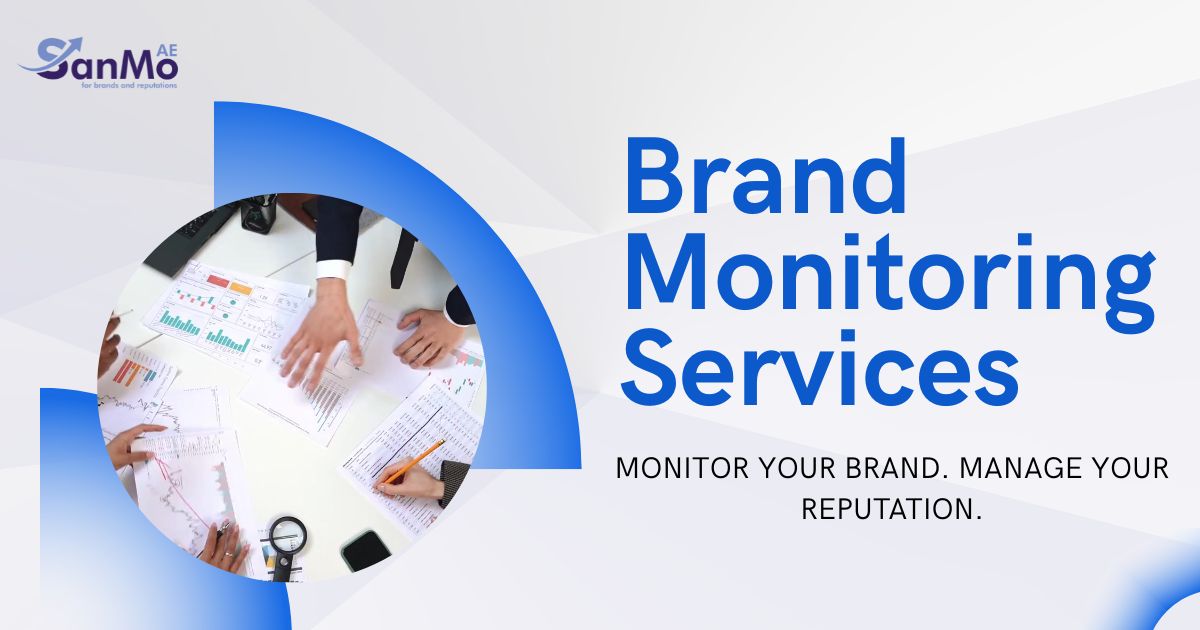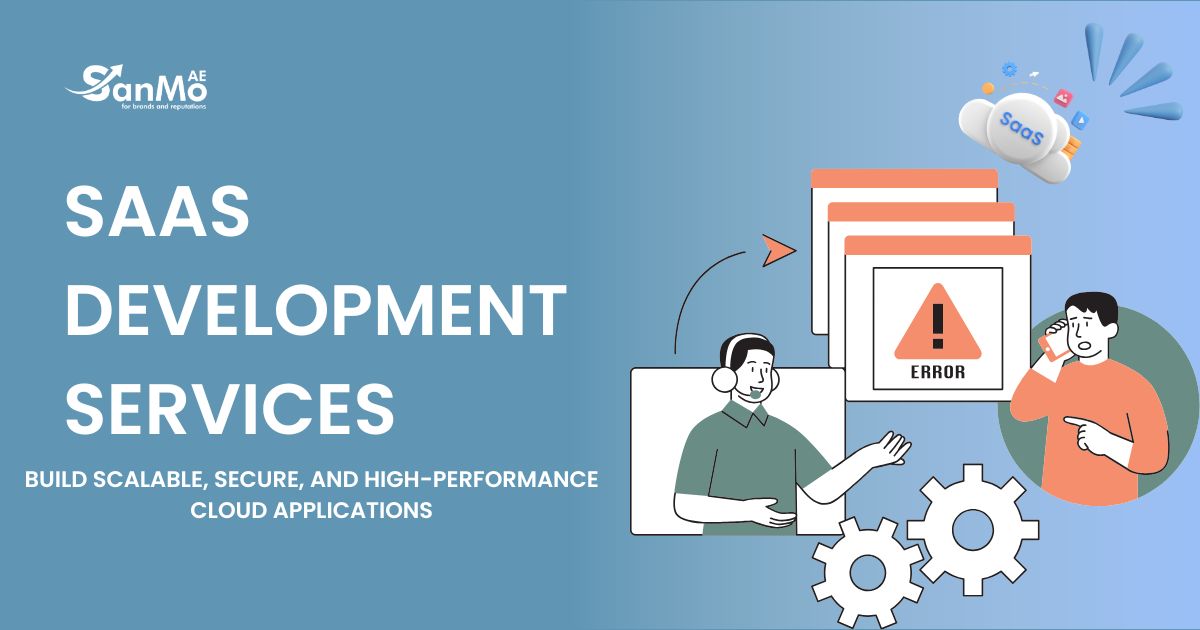Search engine optimization isn’t just about ranking higher on Google—it’s about turning visibility into revenue. When done right, SEO becomes a powerful sales engine that consistently drives qualified leads to your business.
Many businesses invest in SEO but struggle to connect their optimization efforts to actual sales results. The key lies in understanding that effective SEO goes beyond traffic generation. It’s about attracting the right visitors at the right stage of their buying journey and guiding them toward conversion.
This guide will show you how to transform your SEO strategy from a traffic-focused approach into a revenue-generating system. You’ll learn proven tactics to attract high-intent customers, optimize for conversions, and measure the sales impact of your SEO efforts.
Understanding the SEO-to-Sales Connection
SEO drives sales through a multi-step process that begins with search intent. When someone searches for “best project management software” versus “what is project management,” they’re at different stages of the buying journey. The first searcher is closer to making a purchase decision.
High-converting SEO strategies focus on capturing users throughout this journey. By targeting keywords that align with different buying stages, you create multiple touchpoints that guide prospects toward conversion.
The sales impact of SEO compounds over time. Unlike paid advertising, which stops generating results when you stop paying, SEO continues to drive qualified traffic months and years after optimization. This creates a snowball effect where improved rankings lead to more visibility, more traffic, and ultimately more sales.
Targeting High-Intent Keywords for Sales
The foundation of sales-driven SEO lies in keyword selection. High-intent keywords signal that searchers are ready to buy, compare options, or take action.
Commercial Intent Keywords
These keywords indicate buying intent and typically include terms like:
- “best [product category]”
- “[product] review”
- “[product] vs [competitor]”
- “buy [product] online”
- “[product] pricing”
Local Intent Keywords
For businesses serving local markets, location-based keywords capture high-intent local searches:
- “[service] near me”
- “[product] in [city]”
- “[business type] [location]”
Long-Tail Keywords
Longer, more specific search phrases often convert better because they capture users with specific needs:
- “Small business accounting software for restaurants”
- “waterproof hiking boots for winter”
- “SEO services for e-commerce websites”
Keyword Research for Sales
Start by analyzing your current sales data to identify patterns. What products or services generate the most revenue? What questions do customers ask before buying? Use these insights to guide your keyword research.
Tools like Google Keyword Planner, SEMrush, or Ahrefs can help you discover keywords with commercial intent. Look for keywords with decent search volume but manageable competition levels.
Creating Sales-Focused Content
Content that drives sales differs from content that simply attracts traffic. Sales-focused content addresses specific customer needs and guides readers toward conversion.
Product-Focused Content
Create comprehensive product pages that go beyond basic descriptions. Include:
- Detailed specifications and features
- Customer reviews and testimonials
- Comparison charts with competitors
- Clear pricing information
- Multiple high-quality images or videos
Problem-Solution Content
Develop content that identifies customer pain points and positions your products or services as solutions. This approach builds trust and demonstrates value before asking for a sale.
Buying Guide Content
Create detailed buying guides that help customers make informed decisions. These guides should:
- Explain key features to consider
- Compare different options
- Provide clear recommendations
- Include calls-to-action that guide readers to your products
Case Studies and Success Stories
Share real examples of how your products or services have helped customers achieve their goals. Case studies provide social proof and help prospects visualize the benefits of choosing your business.
Optimizing for Local Search and Sales
Local SEO is crucial for businesses with physical locations or those serving specific geographic areas. Local search optimization can significantly impact sales by capturing customers in your area.
Google My Business Optimization
Claim and optimize your Google My Business listing with:
- Accurate business information
- High-quality photos
- Customer reviews
- Regular posts and updates
- Specific service areas
Local Keyword Targeting
Incorporate location-based keywords throughout your website content. Create location-specific pages for different areas you serve, each optimized for local search terms.
Local Link Building
Build relationships with local businesses, organizations, and publications. Local backlinks signal relevance to search engines and can drive referral traffic from your community.
Technical SEO for Better Conversions
Technical SEO improvements can directly impact sales by improving user experience and making it easier for customers to find and purchase your products.
Site Speed Optimization
Slow-loading websites lose sales. Studies show that even a one-second delay in page load time can reduce conversions by 7%. Optimize your site speed by:
- Compressing images
- Minimizing code
- Using content delivery networks
- Choosing reliable hosting
Mobile Optimization
With mobile commerce growing rapidly, ensure your website provides an excellent mobile experience. This includes:
- Responsive design
- Fast mobile load times
- Easy navigation
- Simple checkout process
Structured Data Markup
Implement schema markup to help search engines understand your content better. This can lead to rich snippets in search results, which often have higher click-through rates.
Measuring SEO Impact on Sales
Tracking the connection between SEO efforts and sales results requires proper measurement and attribution.
Setting Up Conversion Tracking
Use Google Analytics and Google Search Console to track:
- Organic traffic growth
- Keyword rankings
- Conversion rates from organic traffic
- Revenue generated from organic search
Attribution Models
Understand that SEO often works in conjunction with other marketing channels. Use attribution models that give credit to SEO for its role in the customer journey, even when it’s not the final touchpoint before conversion.
Key Performance Indicators
Monitor these KPIs to gauge your SEO success:
- Organic traffic growth
- Keyword rankings for target terms
- Organic conversion rate
- Revenue per organic visitor
- Customer lifetime value from organic traffic
Advanced SEO Tactics for Sales Growth

Once you’ve mastered the basics, these advanced tactics can further boost your sales through SEO.
Content Clusters and Topic Authority
Create comprehensive content clusters around your main service areas. This approach helps establish topical authority and captures traffic across multiple related keywords.
Voice Search Optimization
Optimize for voice search by targeting conversational keywords and questions. Voice search queries often have high commercial intent, especially for local businesses.
Video SEO
Create and optimize video content for search engines. Videos can improve engagement and conversion rates while providing another avenue for search visibility.
International SEO
If you serve multiple markets, implement international SEO strategies including:
- Country-specific domains or subdirectories
- Hreflang tags
- Localized content
- Regional keyword targeting
Getting Started with Sales-Driven SEO
Begin your sales-focused SEO journey by auditing your current approach. Identify gaps between your SEO strategy and your sales goals.
Start with keyword research that prioritizes commercial intent over search volume. Create a content calendar that addresses different stages of the buying journey. Implement proper tracking to measure the sales impact of your SEO efforts.
Remember that SEO is a long-term strategy. While some improvements may show results quickly, meaningful sales growth through SEO typically takes several months to materialize.
Transform Your SEO Strategy Into a Sales Engine
SEO success isn’t measured by rankings alone—it’s measured by revenue growth. By focusing on high-intent keywords, creating sales-focused content, and optimizing for conversions, you can transform your SEO strategy into a powerful sales engine.
The businesses that succeed with SEO understand that every piece of content, every keyword, and every optimization should serve a purpose in the customer journey. Start implementing these strategies today, and you’ll begin to see how effective SEO can drive meaningful sales growth for your business.
At SanMo UAE, we specialize in creating SEO strategies that don’t just improve rankings—they increase revenue. Our approach combines technical expertise with a deep understanding of customer behavior to deliver SEO results that impact your bottom line.








